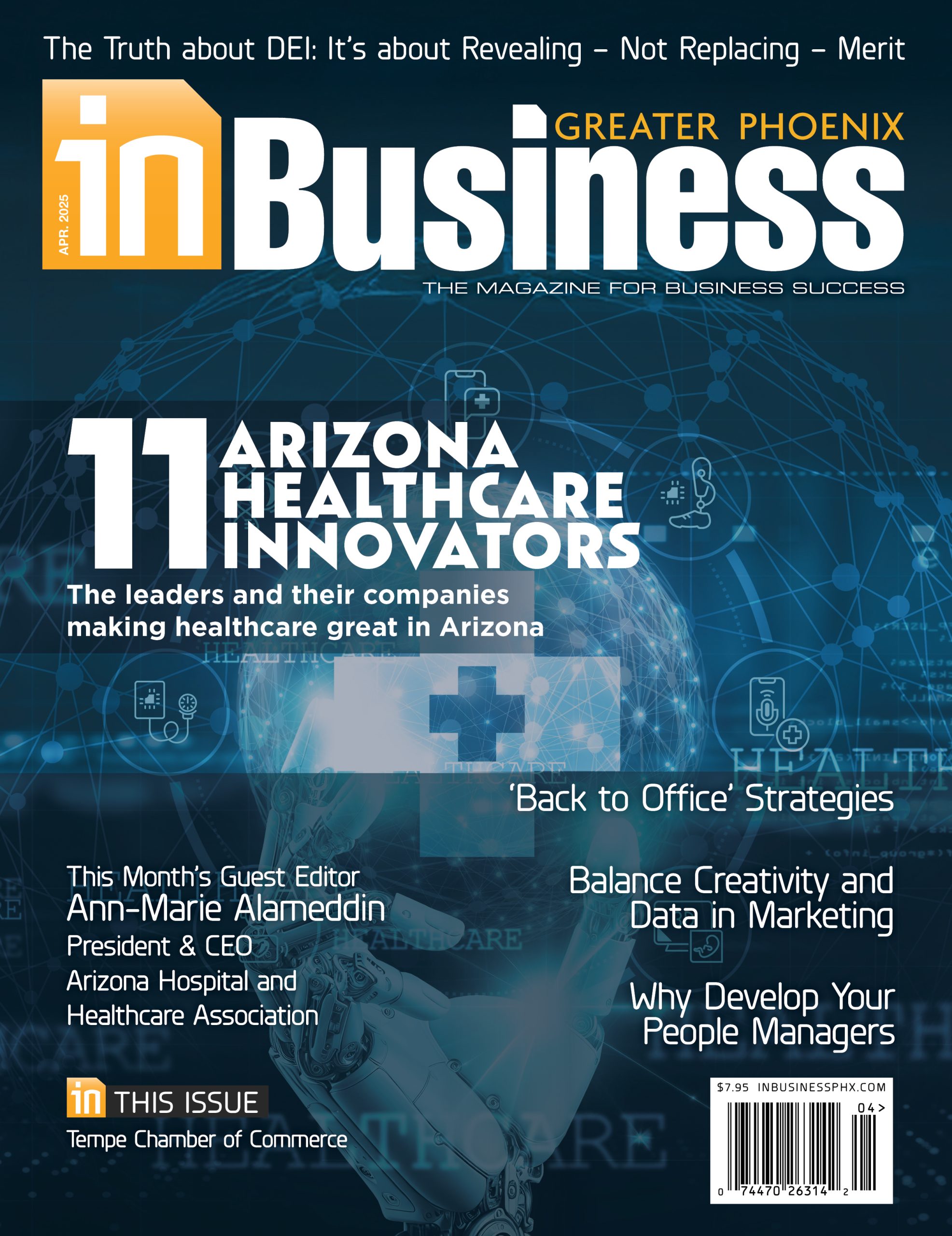 Let’s talk about teeth. Yes — those things a business’s employees smile with on Zoom, but, more importantly, the things that, when neglected, are quietly draining the business’s bottom line.
Let’s talk about teeth. Yes — those things a business’s employees smile with on Zoom, but, more importantly, the things that, when neglected, are quietly draining the business’s bottom line.
Employers may have invested in standing desks, mental health days, maybe even nap pods. But if dental health isn’t part of their corporate wellness strategy, they’re overlooking one of the most statistically significant — and shockingly underutilized — ways to improve employee performance, energy and retention.
The $45-Billion Oversight
According to the CDC, an average of 320 million work or school hours are lost each year in the U.S. for dental care — 92.4 million of which are unplanned. That’s a staggering number of sick days caused by cavities, abscesses, jaw pain and, yes, even neglected cleanings turned urgent.
A 2024 CareQuest Institute report puts it plainly: Untreated dental disease costs the U.S. an estimated $45 billion in lost productivity every year. And employees who miss work for dental problems? They’re 67% more likely to report poor overall health.
This isn’t just about absenteeism. It’s about presenteeism — employees showing up but operating at half capacity. Employers may think they’re dealing with burnout or disengagement. But sometimes, it’s just molars.
The Mouth-Body Connection
Dental health is foundational — not cosmetic. It’s linked to systemic inflammation, cardiovascular disease, diabetes and even cognitive decline.
Inflamed gums? Think inflamed brain.
A root canal gone wrong? Chronic fatigue.
An infected molar? Increased stroke risk.
The mouth is the gateway to the body, and inflammation doesn’t stay local. If employees’ cellular health is under siege, their performance will be, too.
The Sugar in the Breakroom
If employers take a quick inventory of their office kitchen, they’re likely to find donuts on Friday, a candy jar, a fridge stocked with sugary drinks.
These may feel like morale boosters — but they’re actually contributing to the very problems keeping employees out of the office.
Sugary snacks and acidic drinks are top offenders in poor oral health. Unlike the gym membership some employers subsidize, what people eat at work affects their health immediately — and often negatively.
Small Shifts, Big Impact
Employers don’t need to convert the breakroom into a kombucha commune. But a few small, strategic changes send a powerful message and yield measurable results:
- Replace soda and juice with lemon-cucumber water, herbal teas or unsweetened sparkling water.
- Swap candy bowls for walnuts, roasted chickpeas, or seasonal fruit like apples and citrus.
- Offer protein-rich snacks like hard-boiled eggs, cut veggies with hummus, or a DIY trail mix station.
- Stock restrooms or wellness areas with toothbrush kits, xylitol gum or floss picks.
These aren’t budget-busting ideas — they’re low-cost, high-trust signals that tell employees: “We care about your whole health.”
Leadership That Smiles Back
I’ve spent the last decade helping people reclaim their health by starting with their mouths. And here’s what I’ve learned: When a CEO leads by example — getting that long-postponed cleaning, asking about oral health in wellness surveys or skipping the soda in meetings — it creates a ripple effect of trust and accountability.
We talk a lot about resilient teams. But resilience starts at the cellular level — and cells can’t function when they’re inflamed, infected, or in pain. So, as employers evaluate next year’s wellness budget, they should ask themselves: Are we investing in smiles? Because behind everyone is a story — not just of health, but of productivity, potential and, yes, profit.
Michelle Jorgensen, D.D.S., BCTN, is a functional dentist, board-certified nutritionist and bestselling author of Living Well with Dr. Michelle. Dr. Jorgensen helps companies, clinics and individuals unlock peak performance by starting at the cellular level — where real health begins.



















